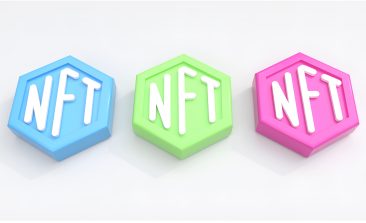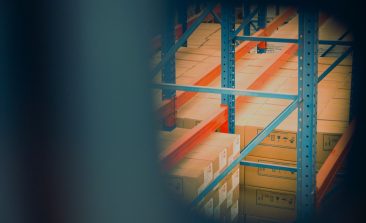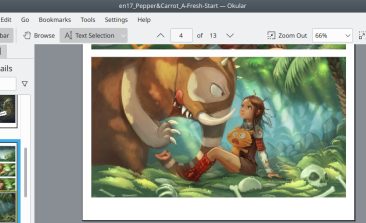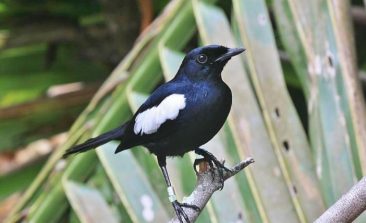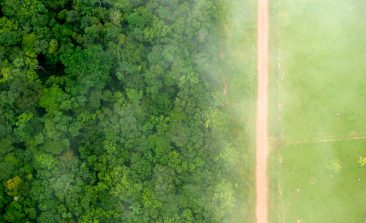Content to: Blockchain
New Tracking Technology Hopes to Restore Trust in Last Mile Aid Delivery
Violence, corruption and infrastructure inefficiencies mean that humanitarian aid delivery is often hindered. Track & Trust hopes to help it along the last mile to those in need.
NFTs: The Hype, the Climate Cost, and a Greener Future
Almost as quickly as NFTs stormed the scene, so did criticism of their carbon footprint. Is a greener future possible for blockchain technology and digital art?
DIBIChain: Putting a Product’s Entire Life Cycle on the Blockchain
A life cycle assessment reveals a product's ecological impact from before it is produced, through its use, and until its disposal. The DIBIChain is designed to make this process easier and more transparent.
Okular: Free Image Viewer Becomes the World’s First Eco-Certified Software
Energy use and digital technology isn't just all about hardware. Software can also have a huge impact on the energy requirements of our technology.
Wild Earth: Can Cleaner NFTs Provide Funding for Online Animal Stars?
More and more NGOs are turning to NFTs as a form of longterm funding. However, controversy is often not far behind.
Seychelles NGO Turns Their Endangered Magpie-Robins Into Digital, Tradable – and Hopefully Valuable – Collectibles
Adopting animals to aid conservation is nothing new. However, a nature conservancy in the Seychelles is taking the concept even further - and bringing it into the 21st century. They have used the power of the blockchain to create the world’s first ‘digital species’.
Blockchain-Based Platform Textile Trust Aims to Make Industry Supply Chains More Transparent
Consumers are rarely given information about where their clothes come from and how they were made. In Germany, a new platform aims to bring more transparency into textile supply chains.
Threadcounts: Sustainable Fashion With the Help of the Blockchain
The Berlin startup Threadcounts is tracking and tracing the journey of fairtrade textiles - from farm, to consumer, to recycling centre. All with the help of the blockchain and a product passport that shows just how sustainable your clothing really is.
Artificial Intelligence and Drones Join the Fight to Save the Rainforest
While the Amazon continues to burn, innovators are hard at work developing new and effective ways to monitor, protect and restore the world's forests. From self-learning algorithms, satellites and drone imagery to blockchain-based smart contracts - tech has a whole host of smart tools that can be leveraged for good.

